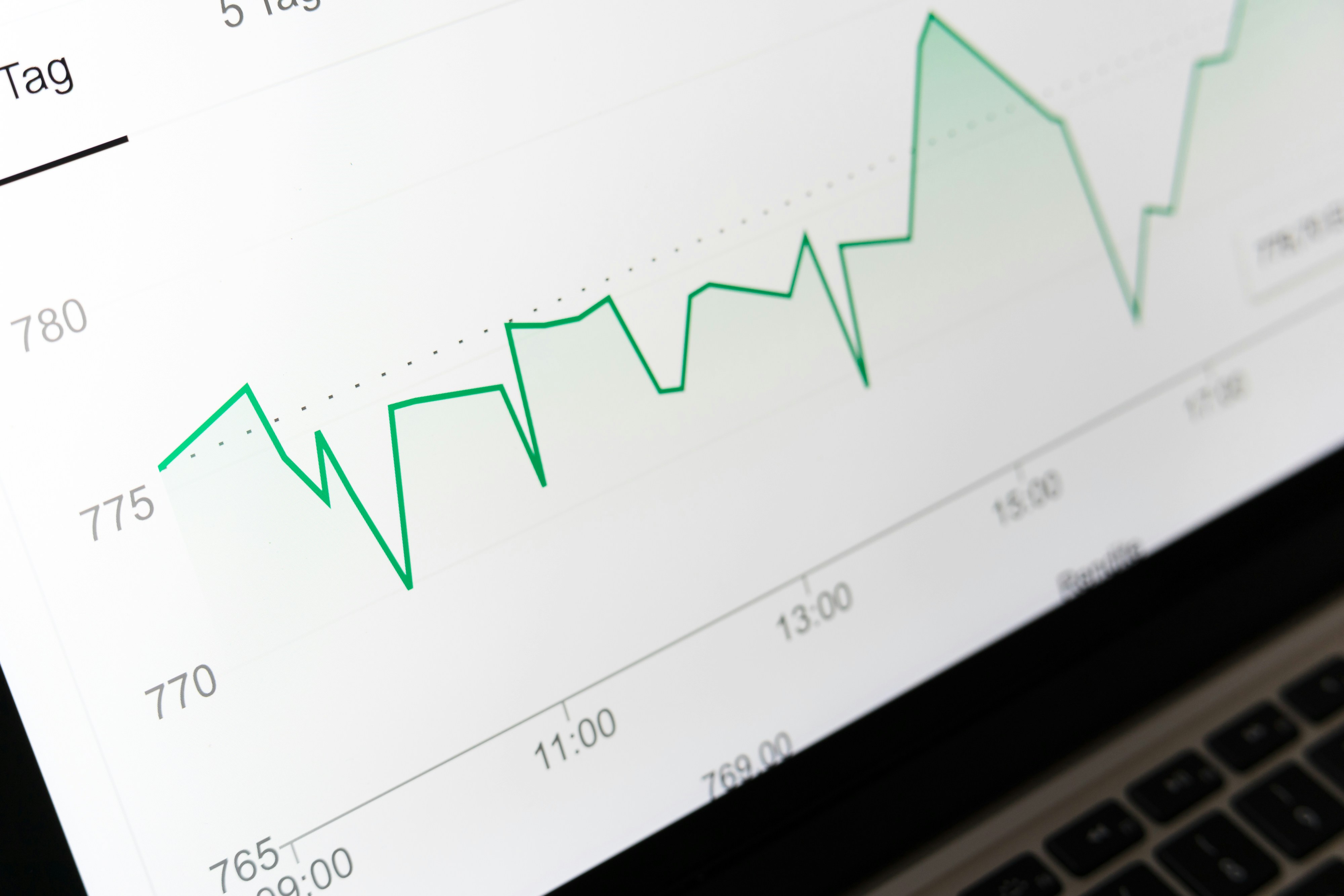May 16, 2024
Usage-based pricing (UBP) has emerged as an increasingly popular pricing strategy across various industries, particularly in AI, fintech, and SaaS. Charging customers based on their actual consumption of products or services, rather than a flat rate, makes it an appealing option for both businesses and consumers. Here’s a deeper look at what UBP is, how it started, and why it's gaining momentum.
What is Usage-Based Pricing?
Usage-based pricing is a pricing model where costs are directly linked to the level of service or product usage by the customer. This could mean paying per transaction, per unit of resource consumed (like gigabytes of data, tokens, or hours of service), often through tiered pricing structures that adjust based on usage volumes.
How it started
The concept of usage-based pricing isn't new. It has its roots in utility services like electricity and water, as well as mobile phone bills, where consumers pay based on consumption. However, the digital age has significantly broadened its application, particularly with the rise of cloud computing in the early 2000s. Companies like Amazon Web Services (AWS) began charging for cloud storage and computing resources based on usage rather than flat rates.
As technology advanced, the feasibility of tracking usage with greater accuracy improved, enabling more businesses to adopt UBP. The ability to collect real-time data further supported this trend, making UBP viable across a range of new sectors including streaming, financial services, and SaaS products.
Why businesses are adopting usage-based pricing
In the post-ZIRP economic climate, companies have increased scrutiny on expenses, and buyers are less eager to commit to traditional SaaS subscriptions and seat-based pricing.
UBP offers a way to get a wedge in the door, drastically cutting down the initial cost required for customers to adopt the product or service. Offering a plan that scales up or down with usage provides these customers with more control and flexibility over their costs.
In the last decade, improved metering solutions have enabled more precise usage tracking in SaaS, fintech, and AI businesses. Combined with real-time data analytics, it has become increasingly easier for companies to implement and manage UBP models.
The usage data now available provides businesses with better insights into their customer behavior, preferences, and needs over time, making it possible to forecast revenue and make informed decisions about product development and marketing strategies.
Does it make sense for your business?
The simple truth is that it depends. The type of product or service that your business offers may or may not be right for a usage-based component. Some companies have taken to creating additional add-ons that have a usage-based element that they can charge for, in part to help with the expansion of existing accounts and revenue per customer.
Usage-based pricing is expected to evolve further with advancements in the era of AI, providing even more sophisticated levers for businesses to leverage flexible pricing models.
The ability to tie product pricing to actual usage is becoming key in the business models of the future, especially during times with a more hesitant economic climate. As products and technologies evolve, UBP is likely to become even more prevalent.
